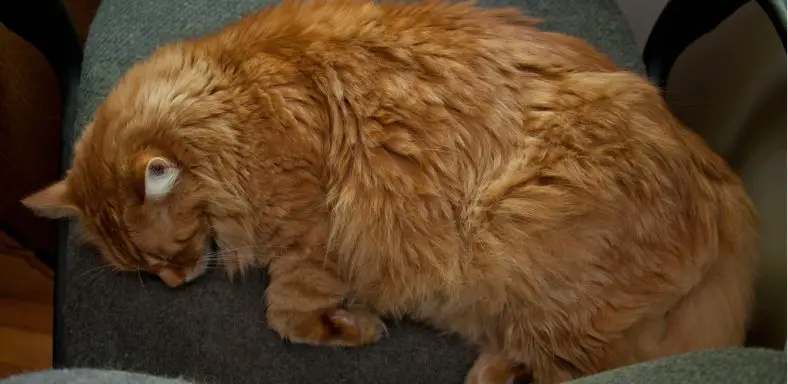It’s not uncommon for cats to groom themselves to their fur becoming matted. However, there are several reasons why this might occur, some of which can be serious. If you notice that your cat’s fur is matted, it’s essential to look and figure out why it’s happening. In this article, we’ll discuss some of the causes why is my cat’s fur matted and how you can help them get back to their usual self. Keep reading to learn more.
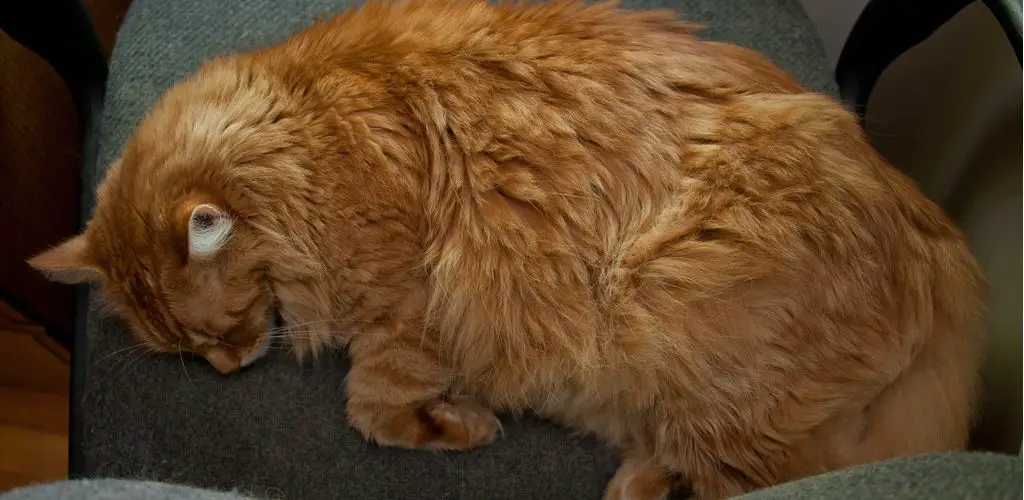
Cat is a Furbearer. First and foremost, it’s essential to understand that cats are furbearers. Their coat is designed to protect them from the elements and keep them warm. When a cat’s fur is matted, it can be difficult for them to stay clean and dry. Additionally, mats can trap dirt, debris, and even fleas, leading to other health problems. Therefore, if you notice your cat has mats in their fur, it’s essential to take action as soon as possible.
Contents
What Are Mats?
Mats are tangled clumps of fur that can form anywhere on your cat’s body but are most commonly found on the belly, behind the legs, and around the neck. While mats may look harmless, they can be quite painful for your kitty. That’s because mats pull on the skin every time your cat moves, which can lead to irritation, discomfort, and even infection.
There are two types of mats: those close to the skin (called surface mats) and those buried deep within the fur (called undercoat mats). Surface mats are usually easier to remove than undercoat mats, but both should be dealt with as soon as possible.
A Detailed Guide on Why Is My Cat’s Fur Matted
Cats are beautiful creatures, and their fur is one thing that makes them so. However, when your cat’s fur becomes matted, it can be a source of stress for both you and your feline friend. Matted fur can cause your cat discomfort and even lead to skin infections. Here are a few reasons why is my cat’s fur matted:
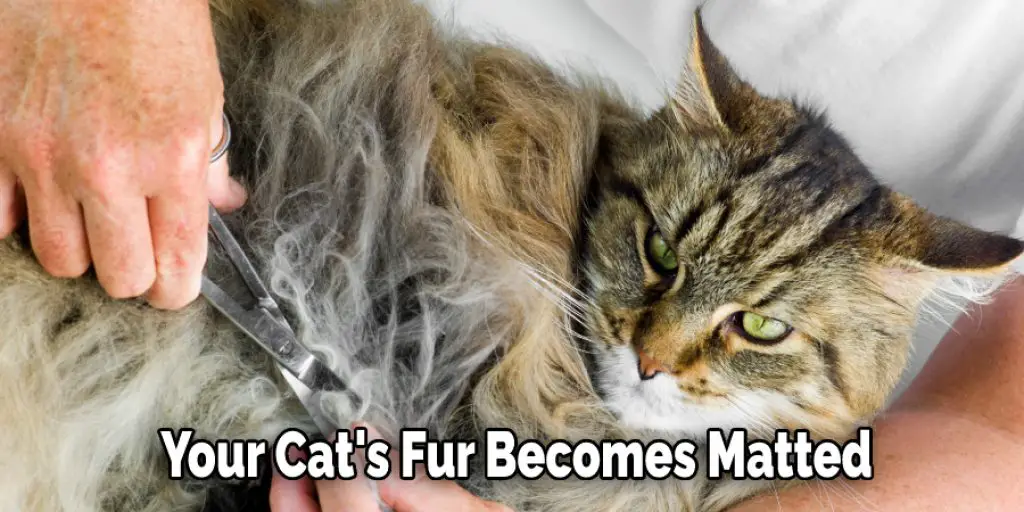
Reason 1. Poor Grooming Habits
Grooming is the process by which animals clean and maintains their fur. It helps remove dirt, debris, and dead skin cells from the coat while also providing the benefits of massage and distributing natural oils throughout the fur. Cats are naturally very clean creatures and spend a significant amount of time grooming themselves each day.
Cats groom themselves by licking their fur with their tongues. This action distributes the natural oils from their skin throughout their hair, which keeps it healthy and looking shiny. It also helps remove any dirt or debris that may be stuck in their fur. Unfortunately, when cats don’t groom themselves regularly, their fur can become matted. Poor grooming habits are often the result of a medical condition that prevents your cat from being able to groom itself properly.
Reason 2. Lack of Bathing
One of the main reasons your cat’s fur may become matted is a lack of bathing. If you don’t regularly bathe your cat, their fur can become greasy and oily, leading to matting. In addition, if you don’t brush your cat’s fur often, it can become tangled and matted.
If you suspect that a lack of bathing is the cause of your cat’s fur matting, you should start by increasing the frequency of their baths. You may also need to invest in a good quality brush to help detangle their fur.
Reason 3. Shedding
Shedding is the process whereby a cat loses old or damaged hair. This natural process happens to all cats, although some lose hair more frequently than others. Shedding depends on the season and the individual cat’s age, health, and breed.
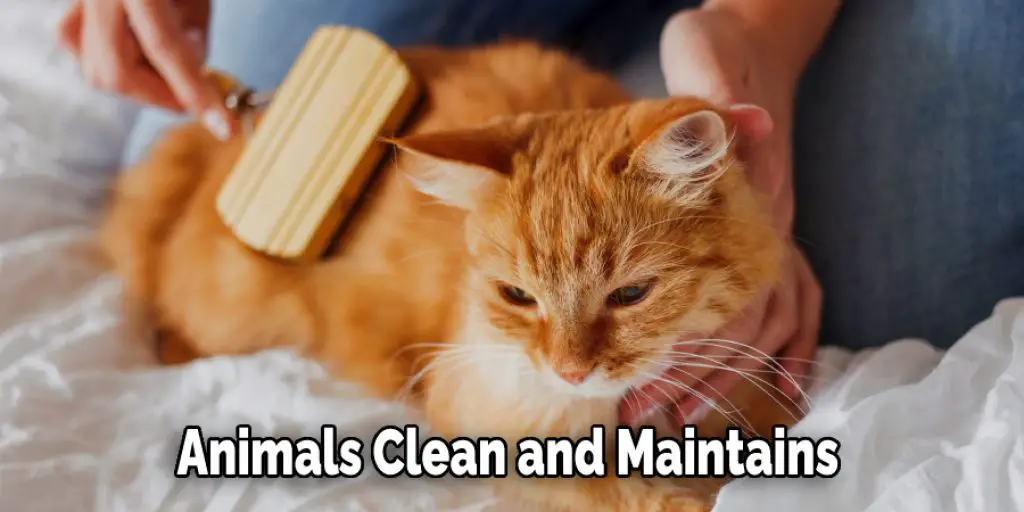
Cats shed their coats for a variety of reasons. One of the most common reasons is to prepare for the change in seasons. For example, in the spring, cats shed their thick winter coats in preparation for the warmer weather. Likewise, they shed their lighter summer coats in the fall in preparation for colder weather.
Another common reason for shedding is due to changes in hormones. For example, pregnant or nursing mothers may shed their fur more frequently than usual. Likewise, cats going through a heat cycle may also shed more.
Some cats shed more than others. This is often due to genetics and cannot be helped. If your cat is shedding more than normal, it’s essential to consult with your veterinarian to rule out any underlying health problems.
As cats shed their old fur, the new growth can become entangled with loose hairs. This can lead to mats, especially if your cat has long fur. Also, when the weather warms up in spring, many cats shed more heavily as their bodies adjust to temperature changes. Regular brushing can help remove loose fur before it can become matted.
Reason 4. Long Fur + No Grooming = Matted Fur
If your cat has long fur, it’s essential to groom them regularly. Without regular brushing, the fur can become matted and tangled. This looks unpleasant, but it can also be painful for your cat. If you notice that your cat’s fur is starting to mat, take them to a groomer or try brushing their fur yourself with a special comb designed for long-haired cats.
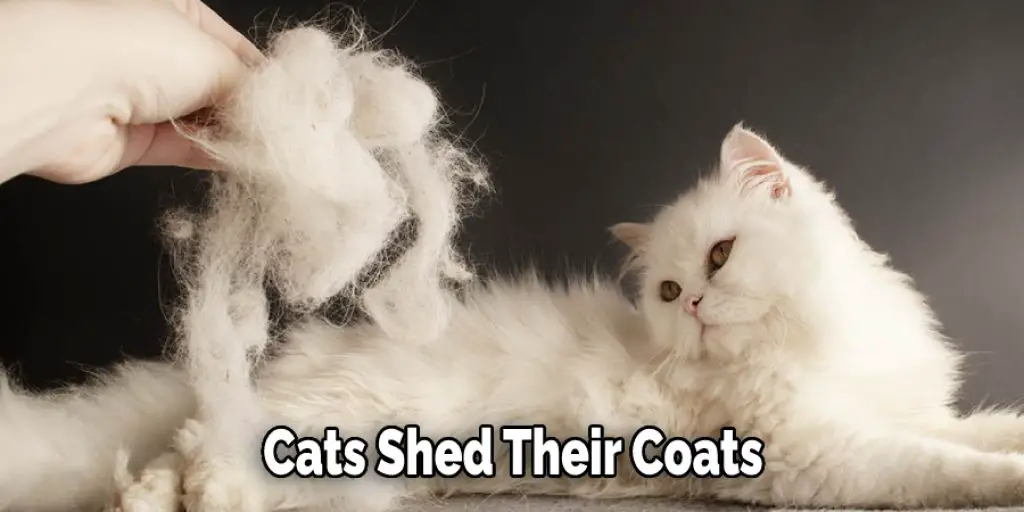
Reason 5. Allergies or Skin Conditions
Cats can be allergic to various things in their environment, including pollen, dust, and certain chemicals. Allergies can cause itching and irritation, which leads to excessive grooming. In addition, skin conditions like eczema or psoriasis can cause itchiness and may lead to matting if your cat licks or scratches the affected area excessively. If you think your cat may have an allergy or skin condition, talk to your veterinarian about possible treatment options.
Reason 6: Stressful Situations
One of the most common reasons for stress-related fur matting is changes in the cat’s environment. This could be anything from a move to a new home, the addition of a new pet or baby to the family, or even something as simple as a change in routine. When cats feel stressed or anxious, they often will start overgrooming as a way to cope with their emotions. This can lead to severe fur matting if not addressed quickly. If you think your cat may be stressed, talk to your veterinarian about ways to help them relax and reduce their anxiety.
Reason 7: Poor Nutrition
Another common reason for fur matting is poor nutrition. Like our own hair, if our cats don’t get the right nutrients, their fur will be dry, brittle, and more prone to matting. So make sure your cat eats a healthy diet that includes all the essential nutrients for a shiny, lustrous coat.
If you think poor nutrition may cause your cat’s matted fur, talk to your veterinarian about the best diet for your feline friend. They can recommend a food that will provide all the nutrients your cat needs for a healthy coat.
How to Prevent Your Cat’s Fur from Matting
One of the most common questions we get asked by cat parents is how to prevent their kitty’s fur from matting. While there are a few different reasons cats may develop mats (including genetics, underlying medical conditions, and poor grooming habits), you can also take some simple steps to help reduce the risk of mats forming in your cat’s fur.
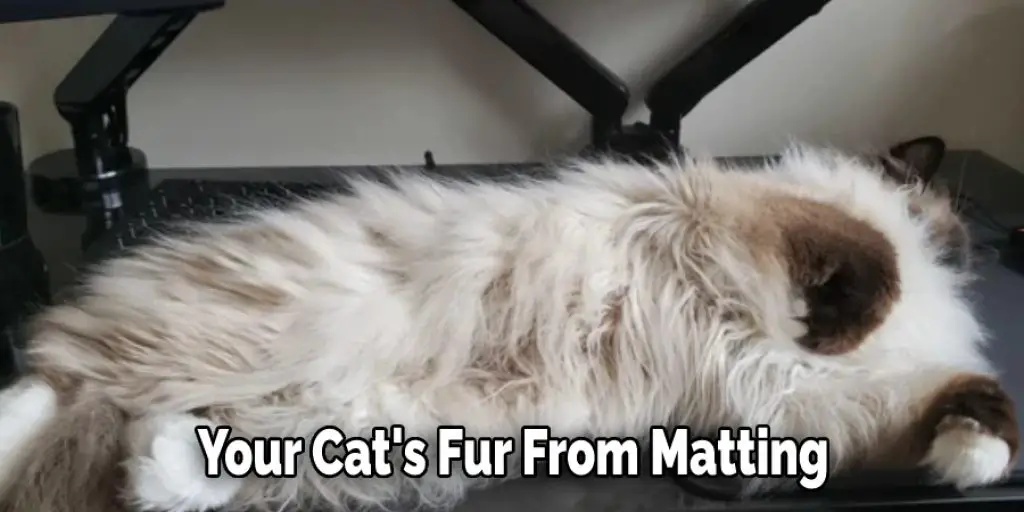
Here are a few tips for preventing mats in your cat’s fur:
1. Brush regularly – One of the best ways to prevent mats is to regularly brush your cat’s fur. This will help remove loose hair and debris before it can become tangled. Be sure to use a soft-bristled brush that is designed specifically for cats.
2. Bathe regularly – In addition to brushing, regular bathing can also help prevent mats from forming. This will help remove any dirt, debris, or loose hair that could become tangled. Use a mild cat shampoo and rinse thoroughly to avoid drying out your kitty’s skin.
3. Keep nails trimmed – Another way to help reduce the risk of mats is to keep your cat’s nails trimmed. This will help minimize the amount of scratching, which can lead to tangling and matting.
4. Avoid tight collars – If you must use a collar on your cat (for example, for identification purposes), choose one that is loose fitting and made from a soft material. Avoid using collars that are too tight or made from rough materials as this could cause matting.
5. Visit the groomer – If you’re not comfortable grooming your cat at home, you can always take them to a professional groomer. They will be able to safely and quickly remove any mats that have already formed and can give you some tips on how to prevent them in the future.
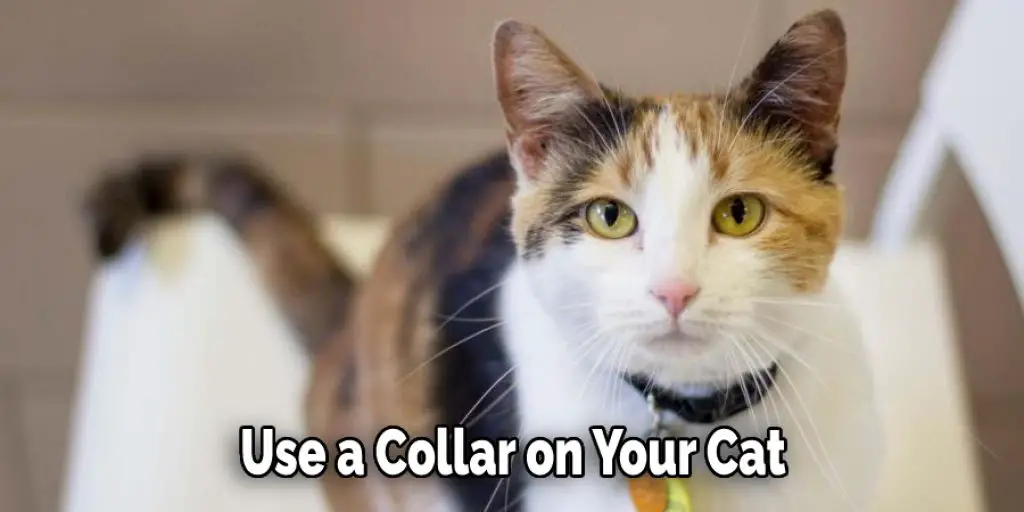
6. Vet check – Finally, it’s always good to regularly have your cat checked by a veterinarian. This is because underlying medical conditions can sometimes contribute to matting. Keeping up with vet check-ups can help catch any potential problems early on.
These simple tips can help reduce the risk of mats forming in your cat’s fur. If you find mats, be sure to take extra care when brushing or to comb them out to avoid hurting your kitty. If you’re unsure how to remove a mat safely, you can always contact a professional groomer or veterinarian for assistance.
What Happens After My Cat’s Mats Are Removed?
Once your cat’s mats have been removed, you will need to take steps to prevent them from coming back.
First, make sure that your cat is well-groomed regularly. This means brushing them every day or two, depending on their coat type. You may also need to trim their nails and bathe them regularly.
In addition, provide your cat with ample opportunities to exercise and play. This will help to keep their coat healthy and prevent mats from forming.
Finally, consult with your veterinarian if you have any concerns about your cat’s health or grooming habits. By taking these steps, you can help keep your cat’s coat looking its best.
Why Has My Cat Stopped Self-grooming?
There could be several reasons why your cat has stopped self-grooming. However, if you’ve noticed that your cat’s fur is starting to mat, it’s essential to take action. Matted fur can lead to skin irritation, infection, and other health problems.
Self-grooming is an essential part of a cat’s daily routine. Cats spend a significant amount of time licking and grooming their fur to keep it clean and free of mats. When a cat stops self-grooming, the fur can become matted and tangled.
There are several reasons why a cat might stop self-grooming, including:
Pain or discomfort:
If your cat is in pain or uncomfortable, they may not want to groom themselves. This could be due to arthritis, a wound, an infection, or another health issue.
Stress:
Cats can become stressed for various reasons, including changes in their environment, introducing a new pet, or even just a busy household. When cats are stressed, they may not groom themselves as often.
Poor Nutrition:
A poor diet can lead to dry, brittle fur that is more prone to matting. Make sure your cat is eating a nutritious diet and drinking plenty of water to avoid this problem.
Old Age:
As cats get older, they may become less interested in grooming themselves. This is because they may have trouble reaching all parts of their bodies or simply being less active.
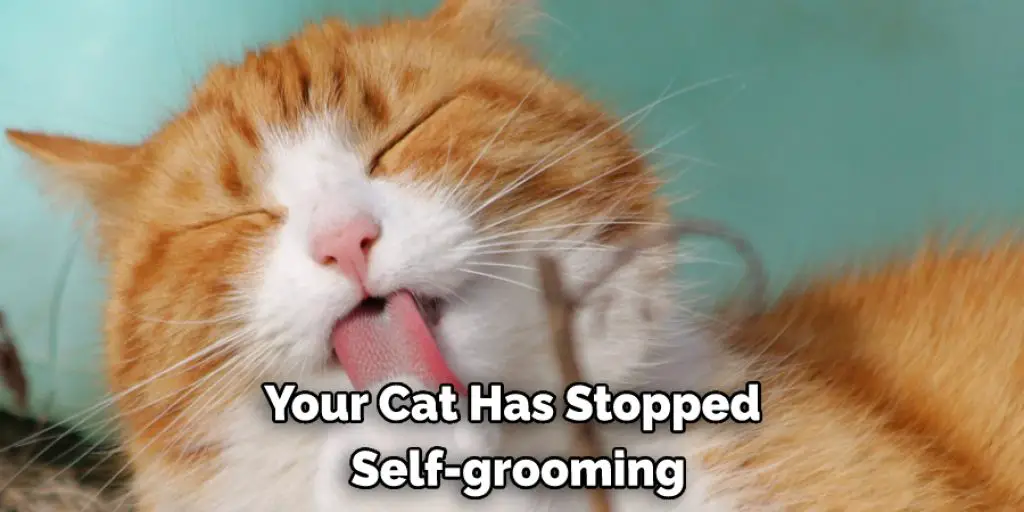
If you notice that your cat’s fur is starting to mat, it’s essential to take action. Matted fur can lead to skin irritation, infection, and other health problems. First, you can gently brush your cat’s hair to remove the mats. If this doesn’t work, you may need your cat professionally groomed. In some cases, mats may need to be cut out of the fur.
If you’re not sure why your cat has stopped self-grooming, it’s a good idea to talk to your veterinarian. They can help you determine the cause and recommend the best course of treatment.
Conclusion
We hope now you know why is my cat’s fur matted. Although it’s not always easy to tell, matted fur signifies that your cat is uncomfortable. Mats can trap dirt and moisture close to the skin, leading to irritation, infection, and other problems. Fortunately, there are ways to prevent and treat mats without having to shave your cat’s fur. If you’re concerned about your cat’s matted fur, talk to your veterinarian.
You can check it out to Leave My Cat Alone for A Week

